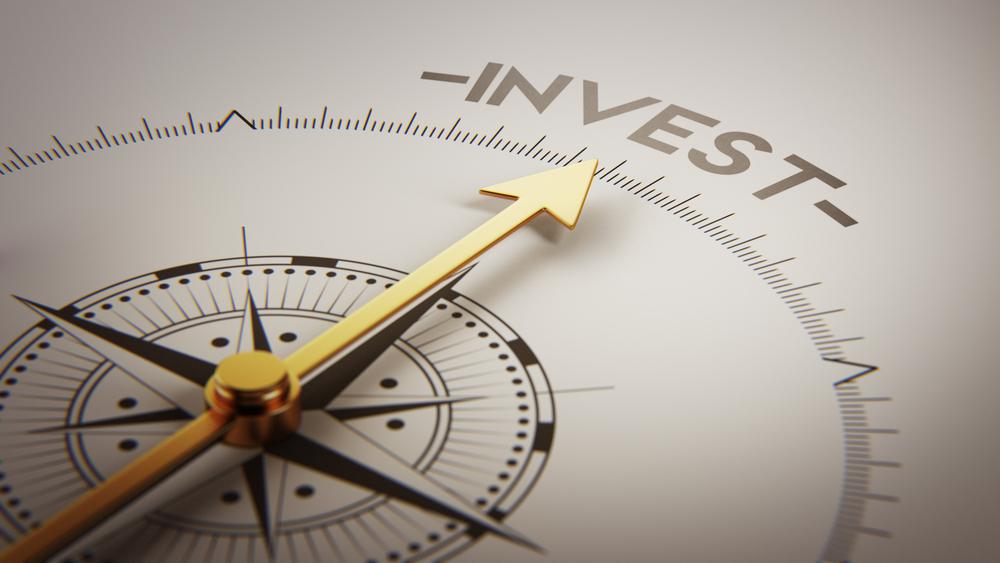Indian Railways Attracts Record Investment in Infrastructure Upgrades

Indian Railways is a vital component of the country’s transportation system, with more than 22 million people using it every day. The government-owned organization is also the largest employer in the country, with more than 1.3 million employees. In recent years, Indian Railways has been attracting record investment in infrastructure upgrades, which is helping to modernize the network and enhance its efficiency.
One of the key drivers of investment in Indian Railways is the government’s ambitious plans to expand and improve the network. The government has launched several initiatives, such as the Dedicated Freight Corridor (DFC), which involves the construction of high-capacity freight corridors that connect the major industrial and consumption centers of the country. The project has attracted over $11 billion in investments from various sources, including the World Bank and the Japan International Cooperation Agency.
In addition to DFC, the government has also launched several other projects aimed at upgrading Indian Railways’ infrastructure. These include the electrification of the network, the modernization of stations, and the development of high-speed rail corridors. To support these projects, the government has launched several funding schemes, such as the Railway Infrastructure Development Fund (RIDF), which has a corpus of Rs. 1 lakh crore.
The investment in Indian Railways is not limited to the government. Private investors are also showing keen interest in the sector. In 2019, the government started the process of inviting private players to operate passenger trains on selected routes. In addition, several private companies are investing in the construction of railways stations and other infrastructure.
One of the key benefits of the investment in Indian Railways is the positive impact it has on the economy. Improved railways infrastructure can reduce transportation costs, which can, in turn, reduce the cost of goods and services. It can also create new employment opportunities, both directly and indirectly. For instance, the DFC project is expected to create around 0.5 million new jobs.
Moreover, better railways infrastructure can also drive sustainable development. Railways are less polluting than road transport and can help reduce greenhouse gas emissions. Additionally, improved connectivity can boost economic activities in previously underserved regions, generating income and reducing poverty.
In conclusion, the investment in Indian Railways’ infrastructure upgrades is a welcome development that can help the country achieve its long-term development goals. By improving connectivity, reducing transportation costs, creating employment opportunities, and driving sustainable development, better railways infrastructure can have a transformative impact on the economy and society. The government and private investors must continue to work together to ensure that these investments are efficiently implemented and deliver maximum benefits to the people of India.





